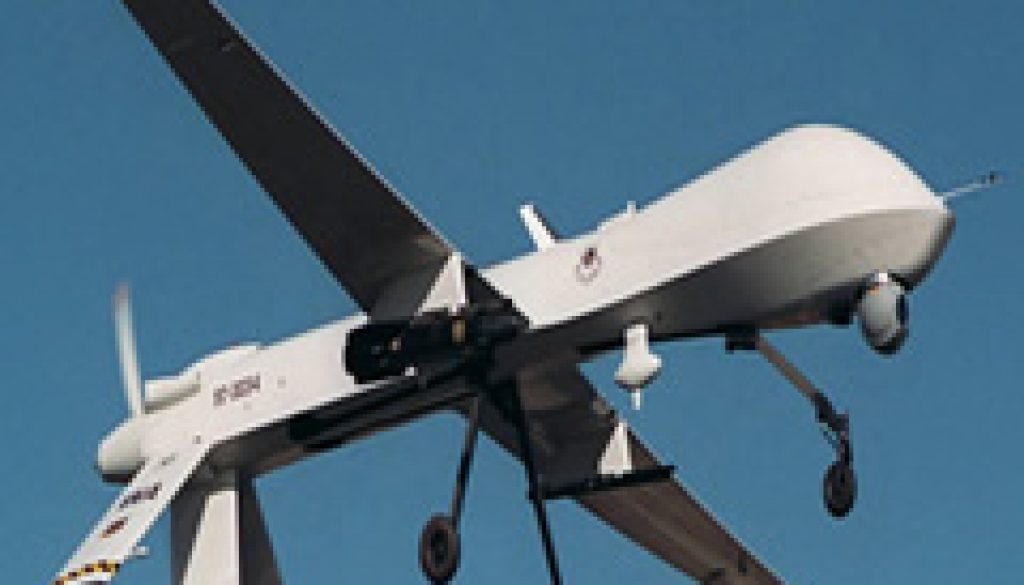As the world rapidly moves toward embracing new technologies, one of the most intriguing advancements has been the proliferation of drones. These aerial marvels have transformed various sectors, from agriculture to film production. However, if you’re considering a trip to the vibrant and culturally rich landscapes of Mexico with your drone in tow, there are several factors and regulations to take into account. Can you bring drones to Mexico? The answer is yes, but with caveats that could shift your perspective on aerial exploration.
Before delving into the intricacies of drone travel in Mexico, it’s crucial to acknowledge the allure of this nation. Mexico offers breathtaking scenery, from their famed beaches to sprawling urban landscapes and majestic mountains. The idea of capturing these sights from a bird’s-eye view is indeed tempting. However, you must navigate the legal labyrinth governing the operation of drones in this vibrant terrain.
First and foremost, it’s paramount to understand the rules set forth by the Mexican government regarding drone operations. Drones are regulated by the Agencia Federal de Aviación Civil (AFAC). Whether you are a casual hobbyist or a professional photographer, understanding the legal requirements is essential. Each state may have its unique regulations, but the overarching national laws play a pivotal role.
When contemplating bringing your drone to Mexico, the outset of your journey requires meticulous planning. Travelers must be aware that transporting drones into Mexico is subject to customs regulations. While you are allowed to bring your drone, it’s advisable to carry instructional manuals, warranty documents, and proof of purchase. These documents serve as validation that the drone is personally owned and complies with customs regulations.
Once you’ve successfully transported your drone across borders, the next consideration is operational legality. In Mexico, flying a drone for recreational purposes typically mandates the registration of your drone with the relevant authorities, particularly if it weighs over 2 kilograms. Registration ensures accountability and aligns with safety practices. Be prepared to provide requisite documentation detailing your drone’s specifications, including its weight and modifications, if any.
Moreover, don’t be misguided into believing that outdoor freedom allows for indiscriminate aerial photography. Certain areas, especially those around military zones, archaeological sites, and urban centers, have strict no-fly regulations. Flying a drone in these prohibited zones can lead to severe penalties, including drone confiscation or legal repercussions. Therefore, prior to takeoff, familiarize yourself with local restrictions and areas where drone flight is permissible.
Beyond legal implications, consider the cultural context and sensitivities surrounding drone use in Mexico. The country’s rich tapestry of traditions and history may not always align comfortably with the high-tech imagery produced by drones. Locals may have varied reactions to drones hovering over their landscapes, particularly in rural or community-centric areas. For a more harmonious experience, approach drone use with cultural respect in mind. Engage with local citizens when possible and seek their perspectives on drone operations outside the tourist hotspots.
If your intention leans toward professional drone use, the landscape significantly alters. Commercial drone operations necessitate a more rigorous set of rules. Establishing a legitimate business presence in Mexico requires obtaining the corresponding permits and licenses from the AFAC. Such regulations are designed to ensure public safety and promote responsible drone operation.
To add a layer of intrigue, some businesses in Mexico are integrating drones to innovate their operational strategies. Precision agriculture is a prime example, where drones are utilized to enhance crop monitoring and yield optimization. Imagine witnessing the cultivation of agave plants from the sky, providing an entirely new perspective on an otherwise commonplace pursuit. The use of drones in agriculture highlights a burgeoning sector that combines tradition with technology, evoking curiosity in how such technologies could expand further.
After weighing the practicalities of flying drones in Mexico, contemplate the potential for capturing unparalleled imagery. The picturesque landscapes, colorful festivals, and awe-inspiring architecture offer an incredible backdrop for photographic artistry. Aerial perspectives can showcase the vibrant colors of markets, the lushness of terrains, or the serene beauty of ancient ruins in a way that ground-level photography simply cannot. This is not to mention the added dimension of storytelling that drone imaging can impart to your travel narrative.
Nevertheless, technology comes with the responsibility of mindful practices. Lifting your drone into the air translates not just to capturing stunning visuals, but also to upholding safety protocols, respecting privacy, and fostering goodwill. It’s crucial to abide by a set of unwritten rules, like being mindful of those around you, avoiding populated gatherings, and ensuring that the operation does not infringe on anyone’s personal space or tranquility.
In conclusion, embarking on a journey to Mexico with a drone requires consideration beyond mere legalities. It presents an opportunity to embrace the country’s breathtaking vistas while also threading a narrative of responsibility, respect, and cultural engagement. While you can indeed bring your drone to this magnificent country, it is the attitude you adopt and the practices you engage in that will ultimately deepen your connection to both the land and its people. As you traverse the skies, imagine the memories you’ll capture and the stories yet to be told through your lens, promising a shift in perspective that prevails long after your return.
